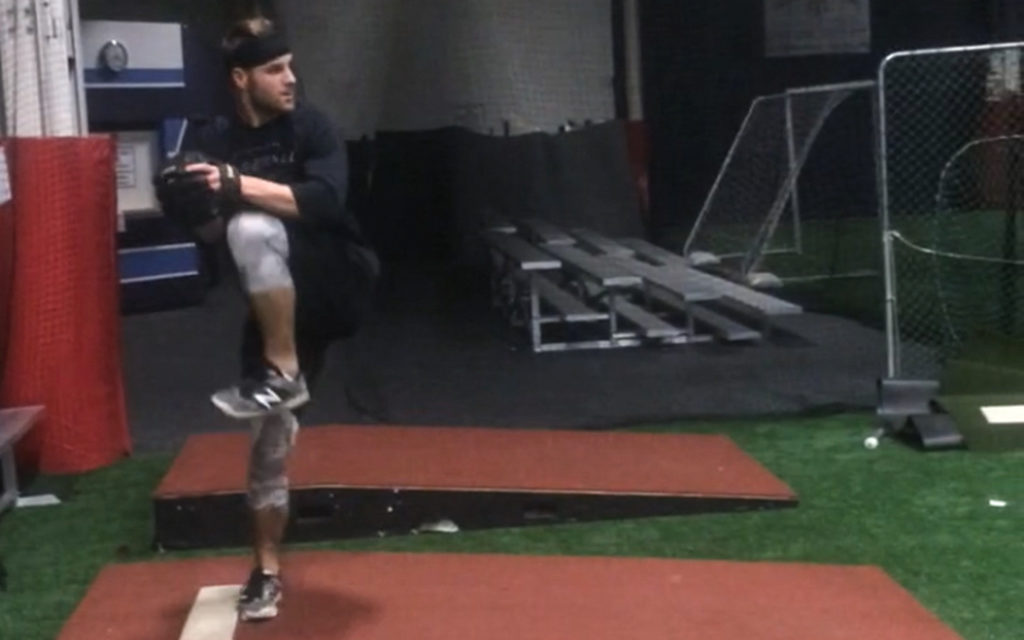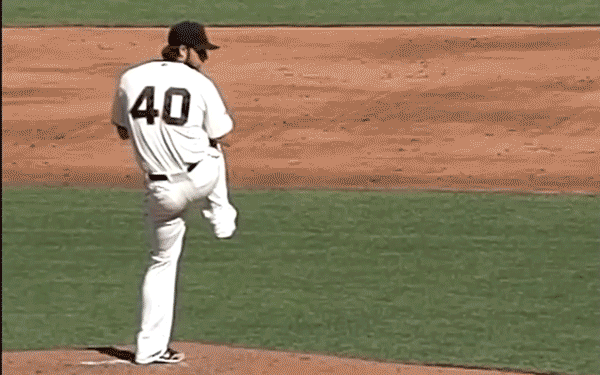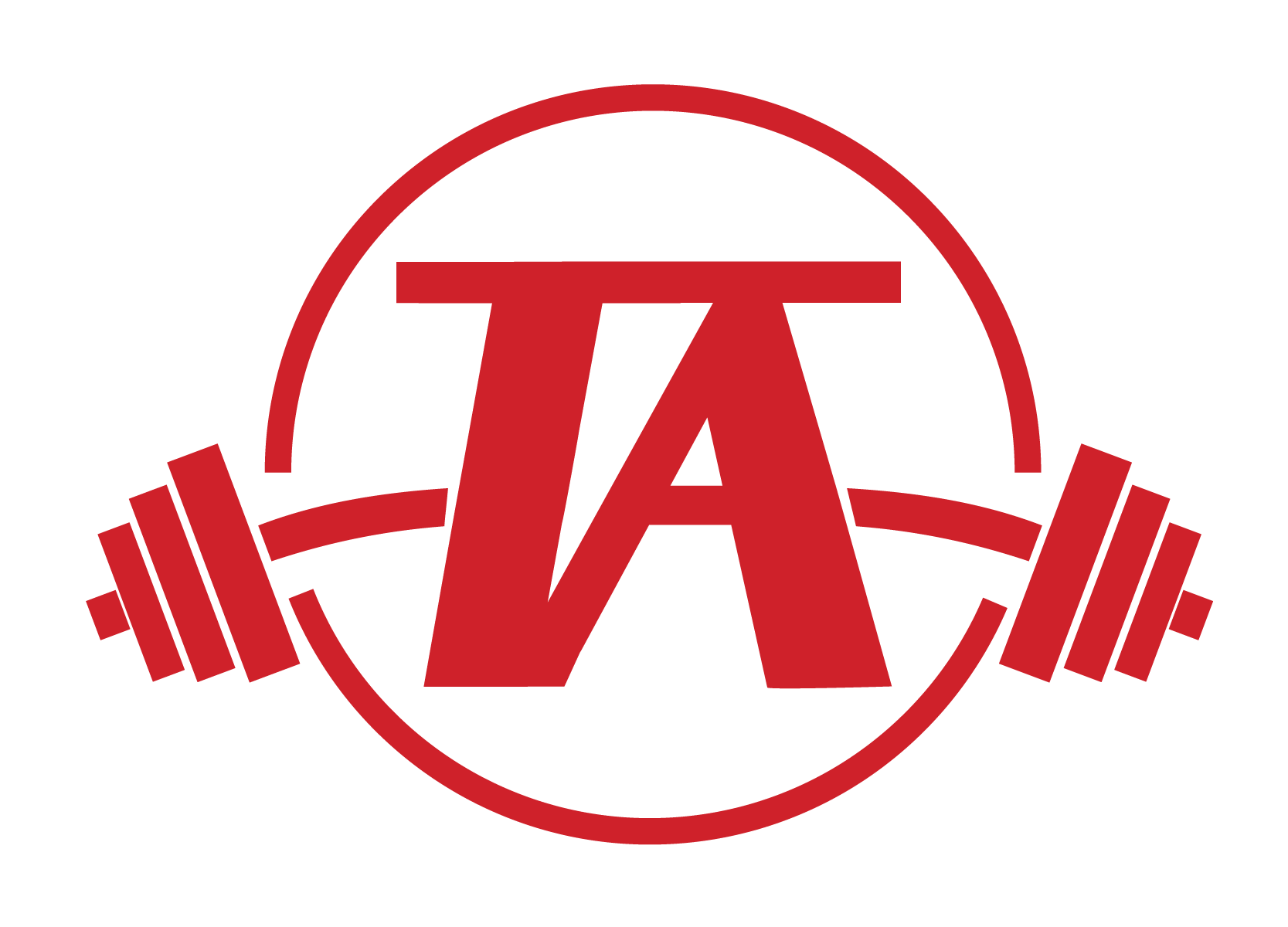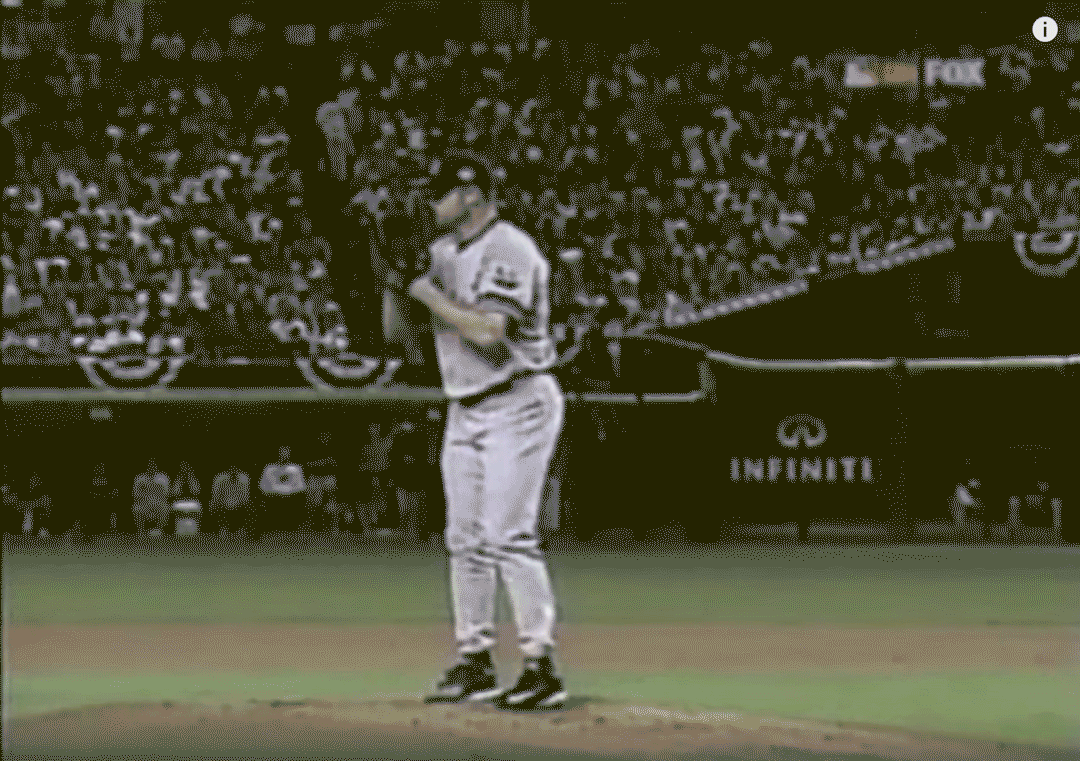Rhythm and athletic performance are inseparable, whether most coaches and athletes realize it or not. The ability to produce force underlies everything an athlete does, but without rhythm, force will be misapplied, and the ultimate output will be lower than expected.
What is Rhythm?
Rhythm can be viewed as a series of relaxation and tension. If you watch a great dancer or tai chi master, you will see smooth movements that seemingly lack any effort. This is due to their ability to separate body segments throughout the movements. Rather than their whole body rotating as one piece, their hips, lower back, and thoracic spine are all independent pieces moving, or not moving, separately. The separation allows energy to be amplified as it is transferred from one segment to another, creating a seemingly effortless yet powerful output.
Why Does Rhythm Matter?
Power expression combines both force production and the ability of force to be transferred from one body segment to another via a series of activation and relaxation, which is rhythm. Rhythm can be illustrated well by the stretch shortening cycle. If a stretch of the muscle and elastic elements is not closely followed by active shortening, then energy is lost as heat. However, if the stretch and shortening are synced up properly, output is enhanced.
The kinetic chain, the summation of speed principle, energy transfer, the whip analogy popularized by Paul Nyman, all describe the same thing (rhythm). When one body segment reaches its peak angular velocity, the next segment is accelerated while the previous segment is rapidly decelerated. If the transfer of energy is smooth through the use of well-timed movements, the energy is increased with each link in the chain. If one segment or link in the chain moves too early or too late, energy is not efficiently transferred and the ultimate output is reduced.
Power expression and rhythm relies on the ability of an athlete to not only quickly produce force, but also to quickly relax. Relaxation can be an abstract concept in the athletic community as “more effort”, “trying harder”, and “gritting your teeth” are often seen as the norm. This underlying “never relax” ideology most likely stems from the stress of day-to-day life and weight-room culture.
In the weight room, global stiffness, the opposite of relaxation, is rewarded with big weight on the bar. Whereas on the field, extraneous stiffness is punished in the form of slower throwing velocity, slower sprint times, or shorter jump distances. Tension, or stiffness, in extraneous or antagonist muscles makes movement at those joints more difficult and costlier in terms of energy. This means reduced energy transfer and force amplification. Relaxation may feel strange, but as Charlie Francis said about sprinting, “You may feel that you aren’t generating enough force while relaxed, but remember, only the net force counts! The net force is the amount of force delivered in the desired direction minus the force generated by the antagonist muscle at the same moment.”
This helps underscore the importance of not only producing tons of force, but timing and directing it correctly.
Connecting Positions Via Rhythm
Elite positions help set athletes up to produce a ton of force by putting them in mechanically advantageous positions and giving them the opportunity to link one position to the next. That’s where rhythm comes in. It’s not only important THAT an athlete reaches these positions, but HOW they reach these positions.
For the sake of this article not reaching 3000 words, I’m only going to cover two pieces of the pitching delivery and how rhythm links these positions.
Leg Lift

In the pitching sequence, the primary goal of the leg lift is to shift the center of mass away from the back foot, or “drift” as Ben Brewster says. Shifting the center of mass allows the athlete to apply force towards the plate and effectively segment both hip and upper torso rotation by resisting triple extension. Rhythm plays a critical role in correctly applying the force from the back leg. Too early and the center of mass shift does not happen causing the force to be applied vertically, which then triple extends the back leg, making segmentation of the hips and upper torso more difficult. If the force is timed correctly the momentum from the center of mass shift and the force or “push” from the back-leg work together to create a double bounce or amplification of the force. The idea is similar to that of a depth jump. If the concentric muscle action is timed with the use of the stretch reflex the jump height is increased. However, if ground contact time is too long or too short performance may be decreased.
Arm Action

Arm action in this case will be defined as the time from when the hands separate during the leg lift to when the ball is released. During this time three different temporal and positional points must be linked via rhythm. As I discussed in this article, long and short arm action can both produce high velocity, provided that they apply force to the ball over the greatest distance possible. This means that the arm needs to be sufficiently horizontally abducted at cocking, layback should be close to 180 degrees, and the ball should be released with late launch-Ron Wolforth’s term for forwardly flexing and rotating through ball release. But how is energy smoothly transferred into the ball through all of these positions?
When an activated muscle is stretched, elastic energy is stored in the tendons and aponeuroses, which can then be utilized if voluntary muscles action occurs shortly after the stretch. The half-life of a cross bridge is 120-150 milliseconds, so if the voluntary muscle action does not occur quickly enough after the stretch, some of that energy will be lost as heat (Cavagna, 1977). This is why any pauses during the pitching sequence can be detrimental to velocity output. If the elbow is fully extended after hand break some of the energy from the downswing will be lost as heat, potentially leading to compensations later in the movement in an attempt to make up for lost energy. Or, if the arm is cocked too early and is delayed in being accelerated, some of that energy will be lost as heat. Both inefficiencies lead to less force being applied to the baseball and ultimately lower velocity.
Conclusion
Rhythm connects all of the positions of a high velocity pitching delivery. Without rhythm, energy is transferred less efficiently, lost as heat, and the pitcher is unable to take advantage of force amplification that happens when the kinetic chain is used properly.
Stay tuned for Part 3, where we’ll cover how to train for elite positions and rhythm.
Interested in training in-person or remotely? Contact me here.
References
Cavagna GA (1977) Storage and utilization of elastic energy in skeletal muscle. Exercise and Sport Sciences Reviews.
ndgbaseballvideos Roger Clemens Pitching Mechanics [Video File] Retrieved from https://www.youtube.com/watch?v=-gR6u-nAMII

